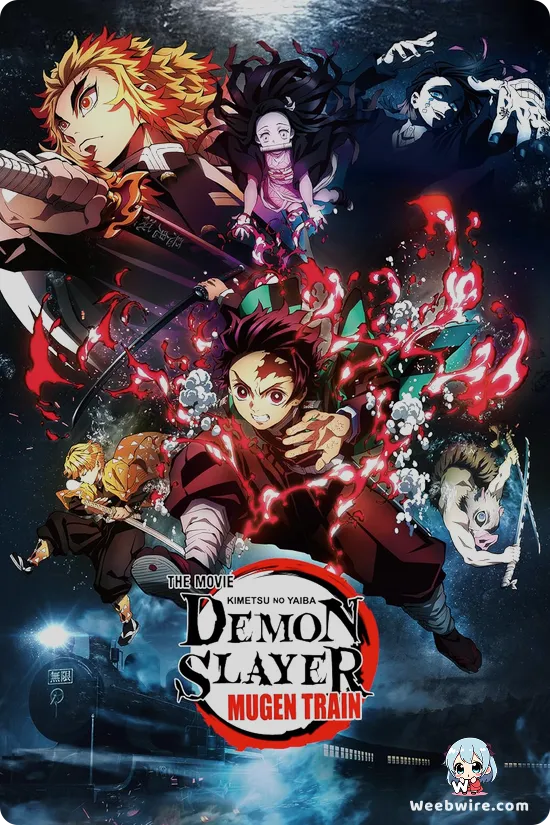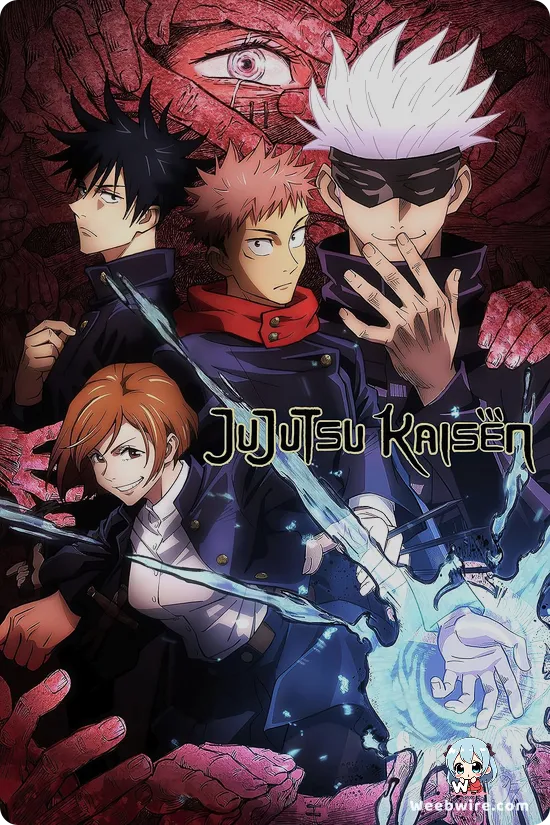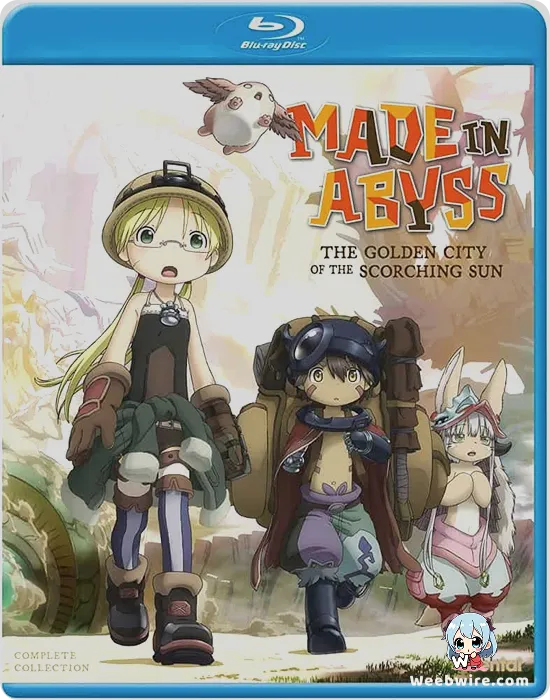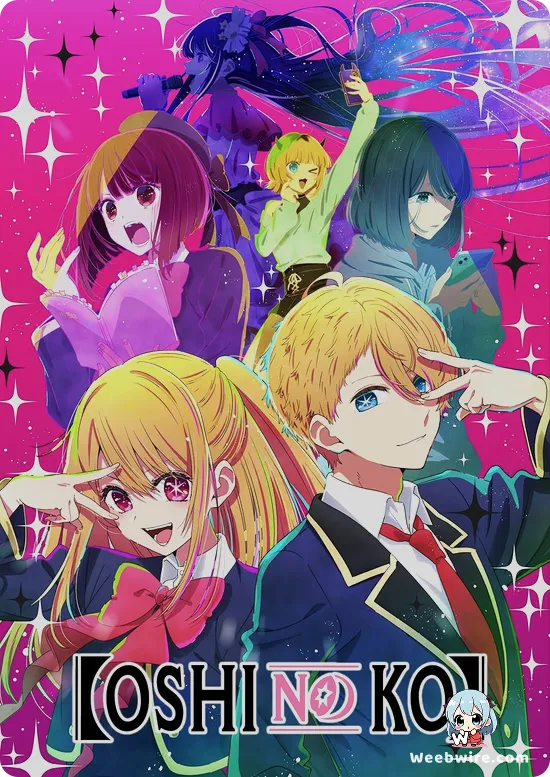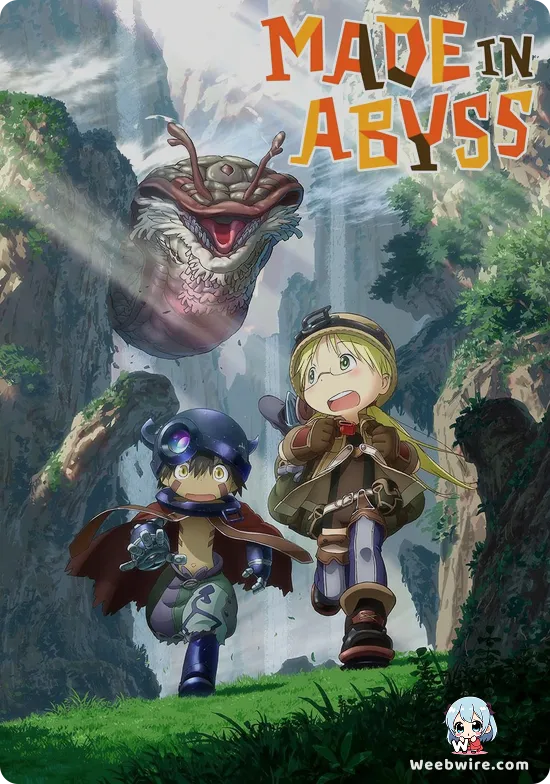Deconstructing Dread: The Craft and Genius Behind "Another: The Other's" Enduring Horror

"Another: The Other," the chilling anime adaptation that first captivated audiences in 2012, stands as a pivotal work in the horror and mystery genres. Renowned for its relentless tension and intricate plot, the series delves deeper than mere gore, offering fascinating behind-the-scenes insights that elevate its meticulously crafted narrative. Far from a conventional horror story, "Another" is a masterclass in atmospheric suspense, a distinction owed largely to its exceptional source material and the animation studio's unique vision.
At its core, the anime is a faithful adaptation of Yukito Ayatsuji's 2009 novel. Ayatsuji, a celebrated figure in the "new orthodox" school of Japanese mystery, is known for his intricate plotting and "fair-play" clues. This foundation ensures "Another" is a carefully constructed enigma, where every subtle detail serves as a potential key to unraveling the deadly curse plaguing Yomiyama North Middle School's Class 3-3. The fictional town of Yomiyama itself, drawing from Ayatsuji's experiences in traditional Japanese settings, exudes an oppressive, isolated feel, with its antiquated school amplifying the pervasive dread through meticulous environmental details.
Misaki Mei, the enigmatic girl with the eye patch, is instantly iconic. While original novel illustrator Noizi Ito crafted her initial design, anime character designer Yuriko Ishii introduced a delicate, doll-like quality that perfectly embodies Mei's otherworldly presence and connection to the central mystery. Her concealed left eye, which allows her to perceive the "color of death," is a crucial, symbolic plot device, blurring lines between life and death.
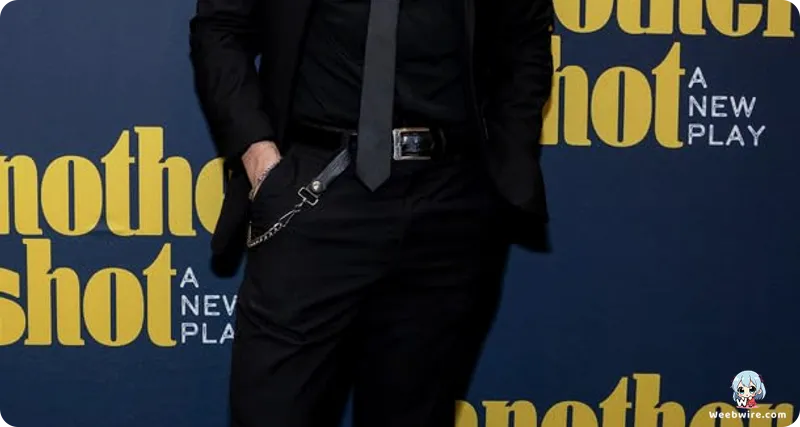
The choice of P.A.WORKS, typically known for slice-of-life and drama, to animate "Another" was a surprising yet brilliant move. Their foray into pure horror showcased remarkable versatility, meticulously recreating Ayatsuji’s eerie atmosphere. The studio's high animation quality is evident in the fluid, disturbingly realistic depiction of "accidental" deaths, underscoring the curse's brutal nature and solidifying their reputation for diverse storytelling.
The "calamity" curse operates with surprisingly intricate, almost logical rules, centered on an "extra" student and class equilibrium. The anime masterfully integrates these rules as a puzzle, introducing psychological twists like "ignoring" someone to prevent fatalities, forcing characters into social ostracism. This social horror highlights the curse's profound psychological toll, setting "Another" apart by focusing on intellectual unraveling over typical horror tropes.
Ayatsuji's mystery background shines through the subtle clues scattered for rewatch, revealing the "dead one" in a "fair play" approach that rewards attentive viewers. Even the notoriously divisive ending, while shocking, remains logical within the established rules, contributing to its lasting impact and prompting deep contemplation. Furthermore, Kou Otani's haunting, melancholic score and meticulous sound design are masterclasses in building suspense, using subtle orchestral swells, discordant notes, and ambient sounds to immerse viewers in Yomiyama's cursed reality without relying on jump scares.
In conclusion, "Another: The Other" transcends simple horror. It is a meticulously crafted mystery steeped in psychological dread and rich symbolism. From Ayatsuji’s masterful plotting and Ito’s iconic designs to P.A.WORKS' brilliant animation, every element contributes to its chilling legacy, offering a rewarding experience for those who appreciate deep, unsettling narratives and the power of a well-told story where true horror often stems from the unknown.
Credits
Another: The Other
Author
Yukito Ayatsuji
Cover Art
Noizi Ito
Studio
P.A.WORKS
Publisher
Kadokawa Shoten
Producers
